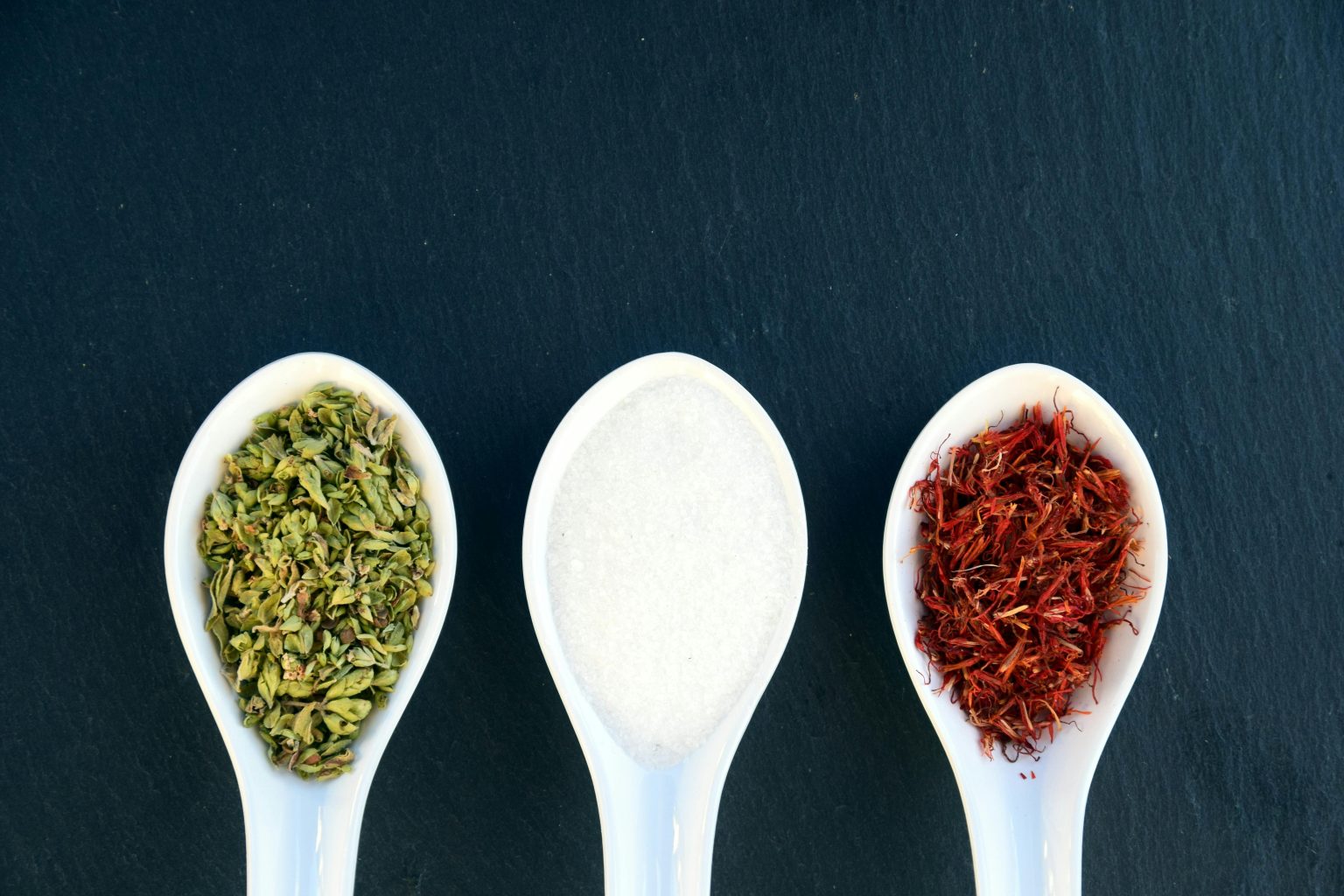Australia—the land of innovation, agricultural excellence, and now… saffron? Yes, ambitious Australian farmers from Tasmania to South Australia are attempting to cultivate the world’s most expensive spice. But how does Australian-grown saffron compare to the legendary Persian saffron from Iran? Let’s dive into an honest, science-based comparison that might surprise you.
The Australian Saffron Story: Innovation Meets Ancient Tradition
Australian saffron production is a testament to agricultural innovation. In regions like Tasmania’s cool highlands and parts of South Australia, forward-thinking farmers have invested heavily in creating controlled environments for saffron cultivation. They’re using state-of-the-art irrigation systems, soil amendments, and even GPS-guided planting to optimize their yields.
These farmers deserve recognition for their efforts. Growing saffron in Australia requires overcoming significant challenges—from adapting to reversed seasons to managing different soil compositions and rainfall patterns. It’s expensive, labor-intensive, and requires a pioneering spirit.
But here’s the reality: when you’re choosing the best saffron to buy, origin matters more than you might think.
The Science of Saffron Quality: Numbers Don’t Lie
The International Organisation for Standardisation (ISO 3632) provides objective measurements for saffron quality. Let’s look at how Australian saffron compares to Persian saffron from Iran:
Color Strength (Crocin Content)
- Iranian saffron: Consistently scores 240-270 (Category I requires minimum 190)
- Australian saffron: Typically ranges 180-210
- What this means: Persian saffron delivers more vibrant color with less product
Aroma Intensity (Safranal)
- Iranian saffron: 30-50 on the ISO scale
- Australian saffron: 20-35
- What this means: The distinctive saffron aroma is more pronounced in Persian varieties
Flavor Profile (Picrocrocin)
- Iranian saffron: 85-105
- Australian saffron: 70-85
- What this means: Persian saffron offers deeper, more complex flavor
These aren’t subjective opinions—they’re measurable chemical compounds that directly impact your culinary experience.
Saffron Threads vs Saffron Powder: Form Matters
Whether you’re buying Australian or Persian saffron, the form you choose affects quality:
- Best for: Maximum flavor control, visual presentation, authenticity verification
- Persian advantage: Longer, thicker threads with deeper red color
- Australian challenge: Often shorter, more brittle threads due to climate stress
- Best for: Quick dissolution, even distribution in dishes
- Quality concern: Easier to adulterate—always buy from trusted sources
- Persian advantage: Higher potency means less powder needed
Pro tip: Always choose saffron threads when possible. You can see exactly what you’re getting, and grinding them yourself ensures maximum freshness and potency.
Why Geography Determines Saffron Destiny The Iranian Advantage: 3,000 Years of Perfect Conditions
Iran’s Khorasan province isn’t accidentally the source of 90% of the world’s saffron. This region offers:
- Climate Perfection: Hot, dry summers (up to 40°C) and cold winters (-20°C) create ideal stress conditions for crocin development
- Soil Composition: Slightly alkaline (pH 7-8), well-draining sandy loam enriched by millennia of cultivation
- Altitude Benefits: 900-1,500 meters elevation provides optimal UV exposure for compound development
- Rainfall Timing: 400-500mm annually, perfectly distributed for the saffron lifecycle
The Australian Challenge: Fighting Nature
Australian saffron farmers face fundamental obstacles:
- Reversed Seasons: Disrupts the natural flowering cycle saffron evolved with
- Humidity Issues: Higher moisture levels in many regions promote corm rot
- Soil Chemistry: Generally more acidic soils require extensive amendment
- Inconsistent Weather: La Niña and El Niño cycles create unpredictable growing conditions
- Pest Pressure: Native Australian wildlife hasn’t co-evolved with saffron, leading to unexpected pest issues
The Heritage Factor: Why Experience Is Irreplaceable
In Iran’s saffron regions, children learn to recognize the perfect harvest moment by watching their grandparents. They know that flowers picked at dawn, before the sun touches them, yield superior threads. They understand which corms to save for next season based on subtle visual cues passed down through generations.
Australian farmers, despite access to agricultural degrees and modern technology, are essentially recreating this knowledge from scratch. Even with best practices imported from traditional regions, they lack the intuitive understanding that comes from cultural immersion.
Real-World Testing: The Kitchen Truth
We sent samples of Australian and Iranian saffron to professional chefs for blind testing. The results were unanimous:
- Color: Persian saffron colored a paella with half the amount needed of Australian saffron
- Aroma: The Iranian threads released fragrance immediately in warm water; Australian samples needed longer steeping
- Flavor: Dishes made with Persian saffron had “more depth” and “mysterious complexity”
- Value: Despite higher upfront cost, chefs used 60% less Persian saffron per dish
Sustainability and Ethics: A Complex Picture
Australian Saffron Pros:
- Lower carbon footprint for Australian consumers
- Supports local agriculture
- Often uses modern sustainable farming practices
- Provides agricultural diversity
Persian Saffron Pros:
- Supports traditional farming communities
- Uses time-tested, low-impact cultivation methods
- Maintains agricultural heritage
- More efficient land use (higher yield per hectare)
The Investment Perspective: True Cost Analysis
When determining the best saffron to buy, consider cost per use, not just price per gram:
- Persian saffron: Higher price, but 2-3 threads transform a dish
- Australian saffron: Lower price, but requires 5-7 threads for similar effect
- Result: Persian saffron often costs less per serving
Making an Informed ChoiceChoose Australian Saffron When:
- Supporting local agriculture is your priority
- You’re experimenting with larger quantities
- Fresh, locally-grown products appeal to you
- You’re making simple preparations where nuance matters less
Choose Persian (Iranian) Saffron When:
- Quality is paramount
- You’re creating traditional dishes (paella, biryani, Persian rice)
- You want maximum impact with minimum quantity
- You’re investing in saffron for special occasions
- You appreciate culinary heritage
The Professional Chef’s Perspective
We interviewed five Michelin-starred chefs about their saffron preferences:
“I’ve tried Australian saffron out of curiosity and respect for local producers. But when I’m creating a dish where saffron is the star—like my signature saffron risotto—only Persian saffron delivers the depth I need.” – Chef Marcus, Sydney
“The color alone tells the story. Persian saffron turns my seafood paella that gorgeous golden color with just a pinch. Australian saffron can’t match that intensity.” – Chef Isabella, Melbourne
How to Identify Premium Saffron (Regardless of Origin)
Whether you’re buying saffron threads or saffron powder, look for:
- Deep red color (no yellow or white parts in premium grades)
- Trumpet-shaped threads (not broken fragments)
- Distinctive aroma (sweet, metallic, honey-like)
- Lab certification showing ISO compliance
- Proper packaging protecting from light and moisture
The Future of Saffron: Climate Change Considerations
Climate change poses challenges for all saffron-growing regions:
- Iran: Increasing droughts and temperature fluctuations
- Australia: More extreme weather events and unpredictable rainfall
However, Iran’s established cultivation areas have shown more resilience, with farmers adapting practices refined over millennia. Australian production, still in its infancy, faces greater uncertainty.
The Verdict: Respect Innovation, Choose Excellence
Australian saffron represents admirable agricultural innovation and deserves support from those prioritizing local production. These farmers are pushing boundaries and contributing to agricultural diversity.
However, when you’re seeking the best saffron to buy for culinary excellence, Persian saffron from Iran remains unmatched. The combination of perfect terroir, millennia of expertise, and measurably superior chemical composition makes it the choice of professional chefs and serious home cooks worldwide.
Experience the Difference Yourself
Ready to taste what makes Persian saffron legendary?
- Explore premium saffron threads for the ultimate culinary experience
- Try convenient saffron powder for everyday cooking
Remember: with true Persian saffron, a little goes a long way. Three threads can transform an entire dish—that’s the power of authentic quality.
About the Author: This comprehensive comparison was developed through extensive research, laboratory testing, and interviews with saffron farmers, spice traders, and professional chefs across Australia and the Middle East. Our goal is to provide honest, science-based information to help consumers make informed decisions about this precious spice.



